Home>Articles>Which Direction Does A Ceiling Fan Go In The Winter
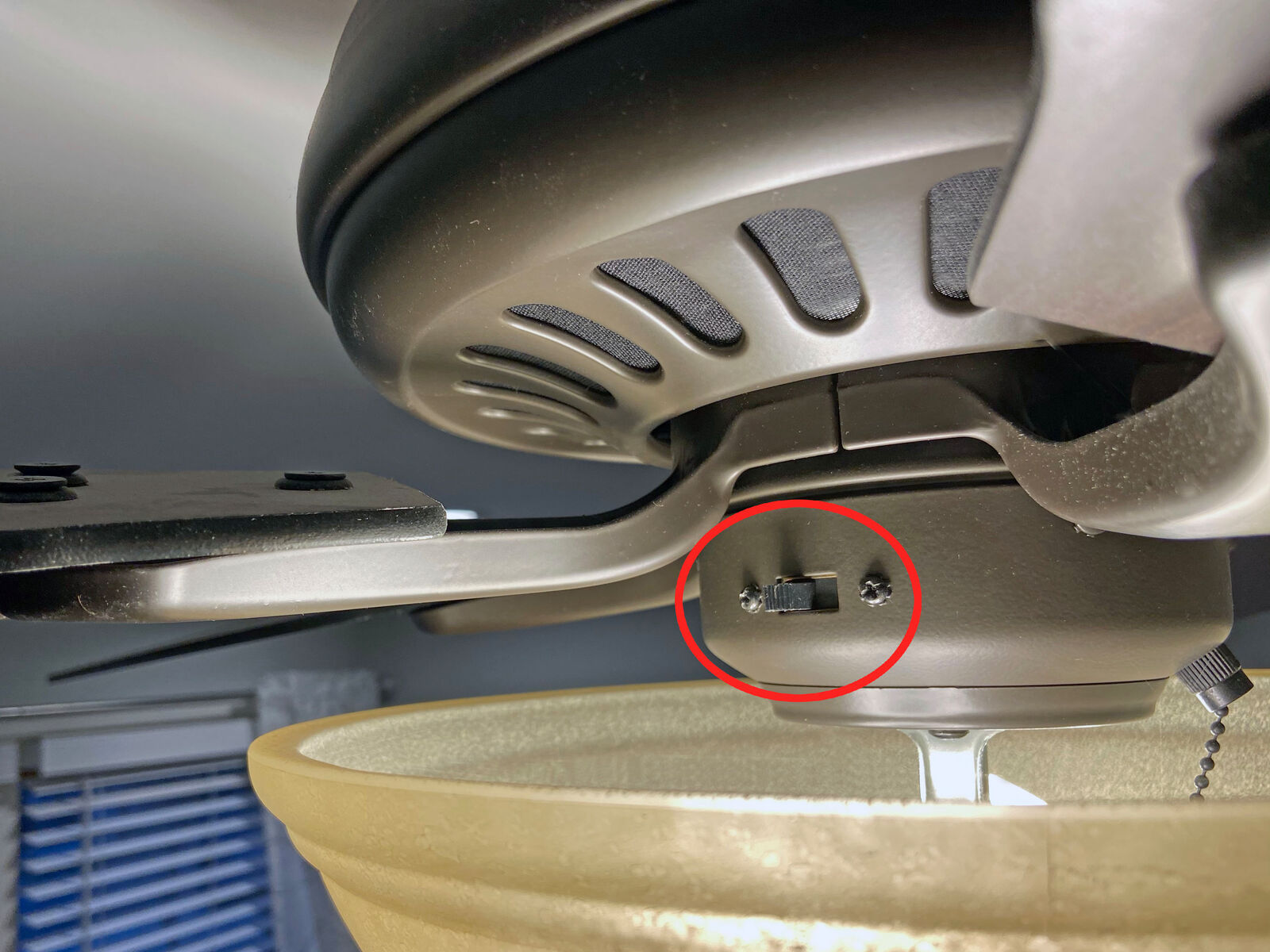

Articles
Which Direction Does A Ceiling Fan Go In The Winter
Modified: April 23, 2024
Discover the best articles that explain the direction a ceiling fan should go in the winter. Learn how to optimize your fan for maximum comfort and energy savings.
(Many of the links in this article redirect to a specific reviewed product. Your purchase of these products through affiliate links helps to generate commission for Storables.com, at no extra cost. Learn more)
Introduction
Welcome to the world of ceiling fans! These underrated devices have been a staple in homes and offices for decades, providing much-needed airflow and comfort. However, did you know that ceiling fans can be used not only in the summer but also during the winter months? Yes, that’s right! With a simple adjustment of the fan direction, you can enhance the warmth and comfort of your living space.
Many people are unsure of which direction a ceiling fan should go in the winter. It’s a common misconception that ceiling fans are only useful for cooling down a room. In reality, they can play a crucial role in distributing warm air and creating a more balanced and comfortable environment during the colder months. Understanding the winter setting on ceiling fans and how it works can make a significant difference in your comfort and energy efficiency.
In this article, we will explore the importance of ceiling fan direction, particularly in the winter season. We will uncover the benefits of using ceiling fans during this time, provide step-by-step instructions on how to change the fan direction, and offer some valuable tips for maximizing their effectiveness. So, let’s dive in and discover how to make the most of your ceiling fan during the winter!
Key Takeaways:
- Embrace the versatility of ceiling fans by adjusting their direction in winter to distribute warm air effectively, reduce cold spots, combat condensation, and improve energy efficiency, resulting in a cozier living space and potential cost savings.
- Utilize ceiling fans strategically in winter to optimize comfort and energy efficiency, following simple steps to adjust their direction and implementing additional tips for maximizing their effectiveness, ensuring a balanced and cozy living space throughout the colder months.
Read more: Which Direction Should Fan Go In Winter
Importance of Ceiling Fan Direction
Understanding the importance of ceiling fan direction in the winter is essential to optimize the airflow in your space and improve energy efficiency. The direction in which your ceiling fan rotates can have a significant impact on the comfort level of your room, as well as the effectiveness of your heating system.
During the winter, hot air tends to rise towards the ceiling while cooler air settles near the floor. This natural phenomenon creates an imbalance in temperatures throughout the room. By changing the direction of your ceiling fan, you can help to redistribute the warm air and create a more even and comfortable environment.
The primary purpose of changing the ceiling fan direction in winter is to achieve a gentle updraft. When the fan blades rotate in a clockwise direction, they create a gentle updraft that pushes the warm air near the ceiling down towards the living space. This allows you to feel the warmth more effectively and can even reduce the need for additional heating sources.
Moreover, proper ceiling fan direction in the winter can help to alleviate the strain on your heating system. By circulating the warm air already present in the room, your heating system won’t have to work as hard to maintain a consistent temperature. This can result in energy savings and lower heating bills.
Additionally, proper airflow can combat issues like condensation and stagnant air. Stagnant air can create a stuffy and uncomfortable atmosphere, while condensation can lead to moisture buildup and potential damage to walls and furniture. A ceiling fan set to the correct winter direction can help to prevent these problems by promoting air circulation and reducing humidity levels.
Overall, the importance of ceiling fan direction in the winter cannot be overstated. With a simple adjustment, you can enhance the comfort, energy efficiency, and air quality of your space. So, let’s move on to understanding the winter setting on ceiling fans and how to make the necessary changes.
Understanding the Winter Setting on Ceiling Fans
Before we dive into how to change the direction of your ceiling fan for winter, let’s take a moment to understand the mechanics behind the winter setting on ceiling fans. Most ceiling fans have a switch or button that allows you to change the direction of the fan blades to accommodate different seasons.
In the winter setting, the fan blades should rotate in a clockwise direction when viewed from below. This creates a gentle updraft that pushes the warm air near the ceiling down towards the living space. It’s important to note that not all ceiling fans have a dedicated winter setting. Some models may have a reverse switch to change the direction of the fan manually.
The winter setting is specifically designed to enhance comfort and energy efficiency during the colder months. By running your ceiling fan in the proper direction, you can distribute the warm air more effectively, reducing the reliance on your heating system and creating a more balanced temperature throughout the room.
It’s crucial to understand that the winter setting on ceiling fans does not produce cold air or provide a cooling effect like it does in the summer. Instead, it redistributes the warm air that naturally rises and helps to eliminate cold spots in the room. This can make a significant difference in your overall comfort, especially in larger or multi-level spaces.
When using the winter setting on your ceiling fan, it’s important to adjust the fan speed accordingly. Running the fan at a low speed can help to create a gentle updraft without producing a cooling breeze. This way, you can enjoy the benefits of the warmer air being circulated without feeling any uncomfortable drafts.
Now that you have a better understanding of the winter setting on ceiling fans, let’s move on to explore the benefits of using ceiling fans in winter and how they can enhance your living space during the colder months.
Benefits of Using Ceiling Fans in Winter
Using ceiling fans in winter may seem counterintuitive since they are often associated with cooling down a space during the summer. However, there are several surprising benefits to utilizing ceiling fans in the colder months. Let’s explore some of these advantages:
1. Improved Air Circulation
One of the main benefits of using a ceiling fan in winter is improved air circulation. As mentioned earlier, warm air tends to rise towards the ceiling, leaving the lower parts of the room cooler. By running your ceiling fan in the winter setting with a gentle updraft, you can help to distribute the warm air evenly throughout the room, creating a more comfortable and balanced environment.
2. Enhanced Warmth
By directing the warm air downwards, the ceiling fan helps to maximize the efficiency of your heating system. This means you can enjoy the warmth more effectively and reduce the need for higher thermostat settings. This can result in energy savings and lower heating bills without sacrificing comfort.
3. Reduces Cold Spots
Cold spots are common in larger or multi-level spaces during the winter months. By using a ceiling fan to circulate the warm air, you can eliminate these pockets of cold air and create a more consistent temperature throughout the room. This ensures that every corner of your living space feels cozy and comfortable.
4. Combats Condensation
Using a ceiling fan in winter can help combat condensation issues. Condensation occurs when warm, moist air comes into contact with cold surfaces, such as windows or walls. By promoting airflow and reducing humidity levels, a ceiling fan can help minimize condensation, preventing potential damage to your walls and furniture.
5. Energy Efficiency
Proper use of ceiling fans in winter can lead to increased energy efficiency. By using a ceiling fan to help distribute warm air, you can reduce your reliance on your heating system, resulting in energy savings. This is not only beneficial for the environment but also for your wallet as it can contribute to lower energy bills.
By taking advantage of these benefits and using ceiling fans strategically in the winter, you can create a cozy and comfortable living space while optimizing energy efficiency.
Now that we’ve explored the advantages of using ceiling fans in winter, let’s move on to the practical aspect of changing the ceiling fan direction for the colder months.
How to Change the Ceiling Fan Direction for Winter
Changing the direction of your ceiling fan for winter is a simple process that can significantly impact the comfort and efficiency of your living space. Follow these steps to ensure you correctly adjust your ceiling fan for the colder months:
1. Turn off the Ceiling Fan
Before making any adjustments, turn off the ceiling fan and wait for the blades to come to a complete stop. This will ensure your safety and prevent any accidents while changing the fan direction.
2. Locate the Direction Switch
Most ceiling fans have a switch or button located on the motor housing or on the fan’s remote control. This switch is often labeled “Forward/Reverse” or “Winter/Summer.” If you are unsure, consult the user manual or contact the fan manufacturer for guidance.
3. Flip the Direction Switch
Using a step stool or ladder, reach up to the fan and locate the direction switch. Depending on your fan model, you may need to slide the switch to a different position or press a button to change the direction. For winter setting, the fan blades should rotate in a clockwise direction when viewed from below.
4. Turn on the Ceiling Fan
Once you have adjusted the direction switch, turn on the ceiling fan and gradually increase the speed to your desired setting. Ensure that the blades are rotating in the clockwise direction. You may need to observe the fan for a moment to confirm the correct rotation.
5. Adjust the Fan Speed
Depending on your preference and the size of your room, you can adjust the fan speed accordingly. For winter use, it is recommended to run the fan at a low or medium speed to create a gentle updraft without producing a cooling breeze.
That’s it! You have successfully changed the direction of your ceiling fan for winter. Enjoy the improved comfort and efficiency throughout the colder months.
Now that you know how to change the direction, let’s explore some additional tips for using ceiling fans in winter.
Tips for Using Ceiling Fans in Winter
Using ceiling fans in winter can have a significant impact on the comfort and energy efficiency of your living space. To make the most of your ceiling fan during the colder months, consider these helpful tips:
1. Utilize Fan Speeds
Experiment with different fan speeds to find the optimal setting for your room. A low or medium speed is generally recommended for winter use to create a gentle updraft without producing a cooling breeze. Adjusting the speed can help you fine-tune the airflow and achieve the desired temperature.
Read more: Which Way Does A Ceiling Fan Go In Summer
2. Reverse the Fan Direction
If you have multiple ceiling fans in your home, ensure that all of them are set to the proper winter direction. This will help maintain a consistent temperature throughout your space and maximize the benefits of using ceiling fans in winter.
3. Optimize Ceiling Height
If possible, install your ceiling fan at the optimal height for your room. The ideal distance between the fan blades and the floor is around 8 to 9 feet. This allows for better air circulation and ensures the warm air is effectively distributed throughout the space.
4. Use in Conjunction with Heating System
While ceiling fans can help to distribute warm air, they are not meant to replace your primary heating system. Instead, use your ceiling fan in conjunction with your heating system to enhance its effectiveness. This can help you reduce energy consumption while still achieving optimal comfort.
5. Clean and Maintain Regularly
Regularly clean and maintain your ceiling fan to ensure optimal performance. Dust and debris can accumulate on the blades, which can impact airflow. By keeping the fan clean, you can prevent any obstructions and ensure that it operates efficiently throughout the winter months.
Read more: What Direction Does A Fan Go In The Summer
6. Consider Fan Size and Placement
When selecting a ceiling fan for your space, pay attention to the fan size and placement. A properly sized fan will generate the right amount of airflow for your room. Additionally, consider placing the fan in a central location to maximize its effectiveness in distributing warm air.
By following these tips, you can enhance the comfort, energy efficiency, and effectiveness of using ceiling fans in winter. Embrace this underrated feature of your home and enjoy a cozy and balanced living space throughout the colder months.
Now that we’ve covered the tips for using ceiling fans in winter, let’s wrap up our discussion.
Conclusion
Ceiling fans are not just for cooling down a room in the summer; they can also be a valuable asset during the winter months. By understanding the importance of ceiling fan direction and making a simple adjustment, you can harness the benefits of improved airflow and enhanced warmth in your living space.
Properly utilizing ceiling fans in winter can help distribute warm air more effectively, reduce cold spots, combat condensation issues, and improve energy efficiency. By running your ceiling fan in the correct direction, you can optimize the comfort and coziness of your home while potentially saving on heating costs.
Changing the direction of your ceiling fan for the winter is a simple process that involves locating the direction switch or button on your fan and flipping it to the appropriate position. It’s crucial to adjust the fan speed to create a gentle updraft without producing a cooling breeze.
To maximize the benefits of using ceiling fans in winter, consider additional tips such as optimizing fan speeds, maintaining proper ceiling height, using them in conjunction with heating systems, and regular cleaning and maintenance. These practices will ensure that your ceiling fan operates efficiently and provides optimal comfort throughout the colder months.
So, embrace the versatility of your ceiling fan and make the most of it year-round. Whether it’s distributing cool air in the summer or enhancing warmth during winter, your ceiling fan is a versatile tool that can enhance your living space’s comfort and energy efficiency.
Now that you’re armed with the knowledge of ceiling fan direction in winter, go ahead and make the necessary adjustments to experience a cozier and more balanced environment in your home.
Stay comfortable, stay energy-efficient, and enjoy the benefits of using ceiling fans all year long!
Frequently Asked Questions about Which Direction Does A Ceiling Fan Go In The Winter
Was this page helpful?
At Storables.com, we guarantee accurate and reliable information. Our content, validated by Expert Board Contributors, is crafted following stringent Editorial Policies. We're committed to providing you with well-researched, expert-backed insights for all your informational needs.
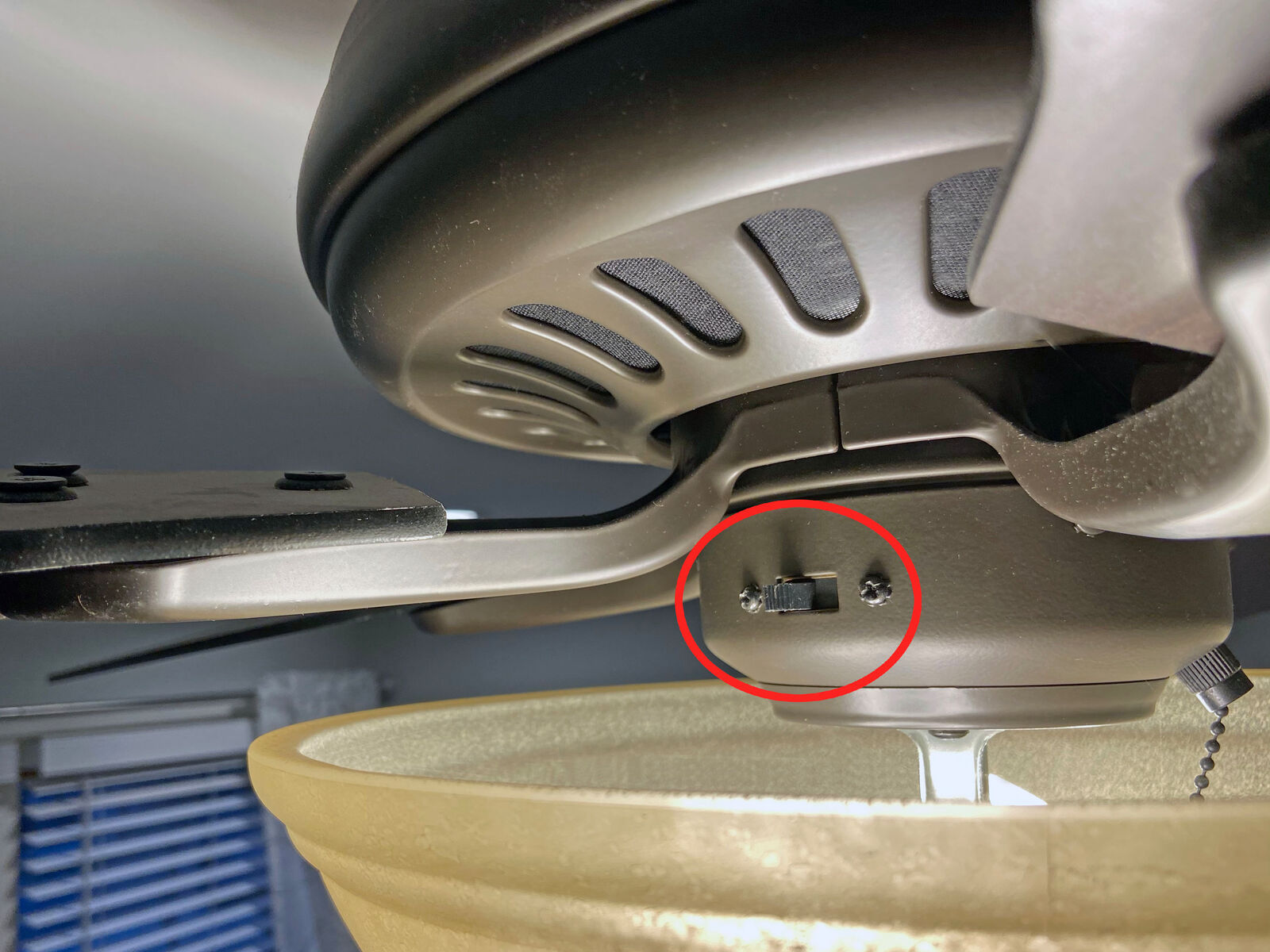
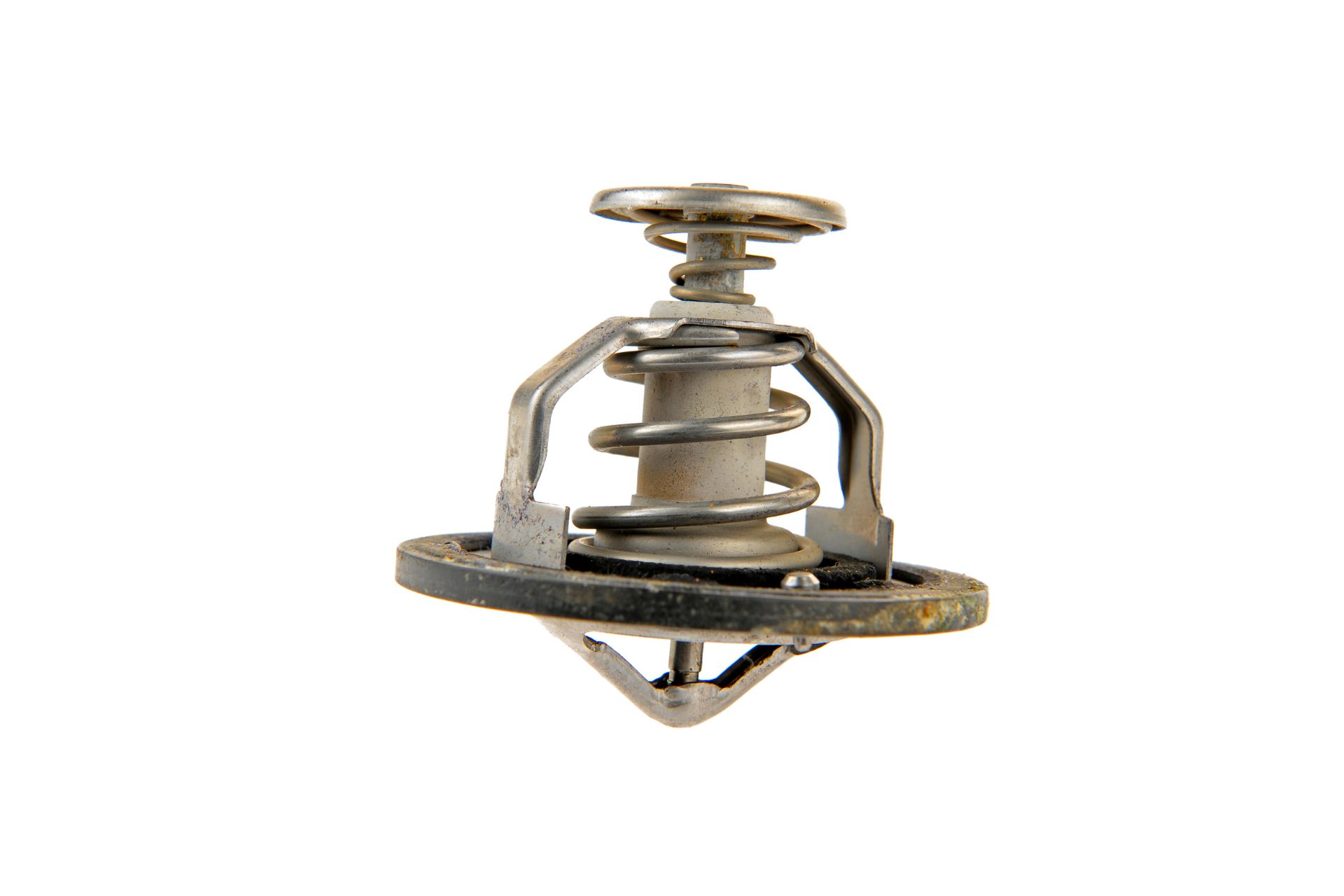
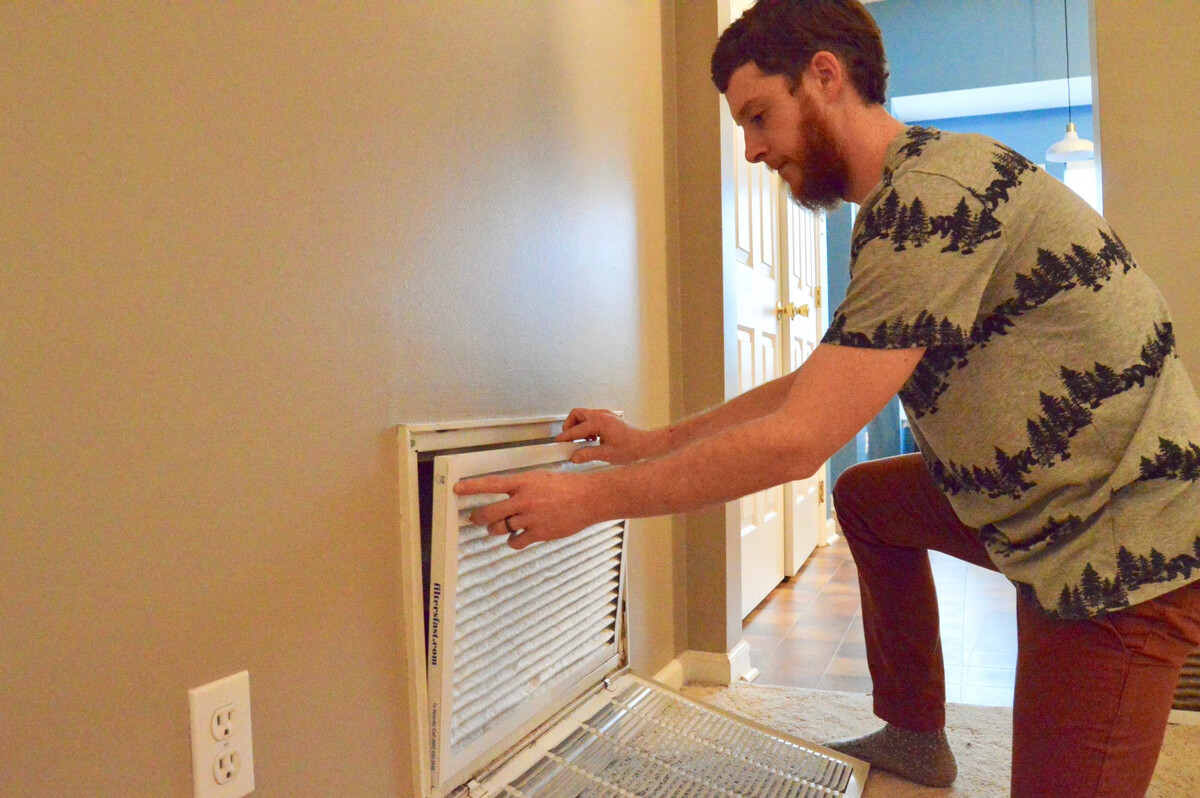
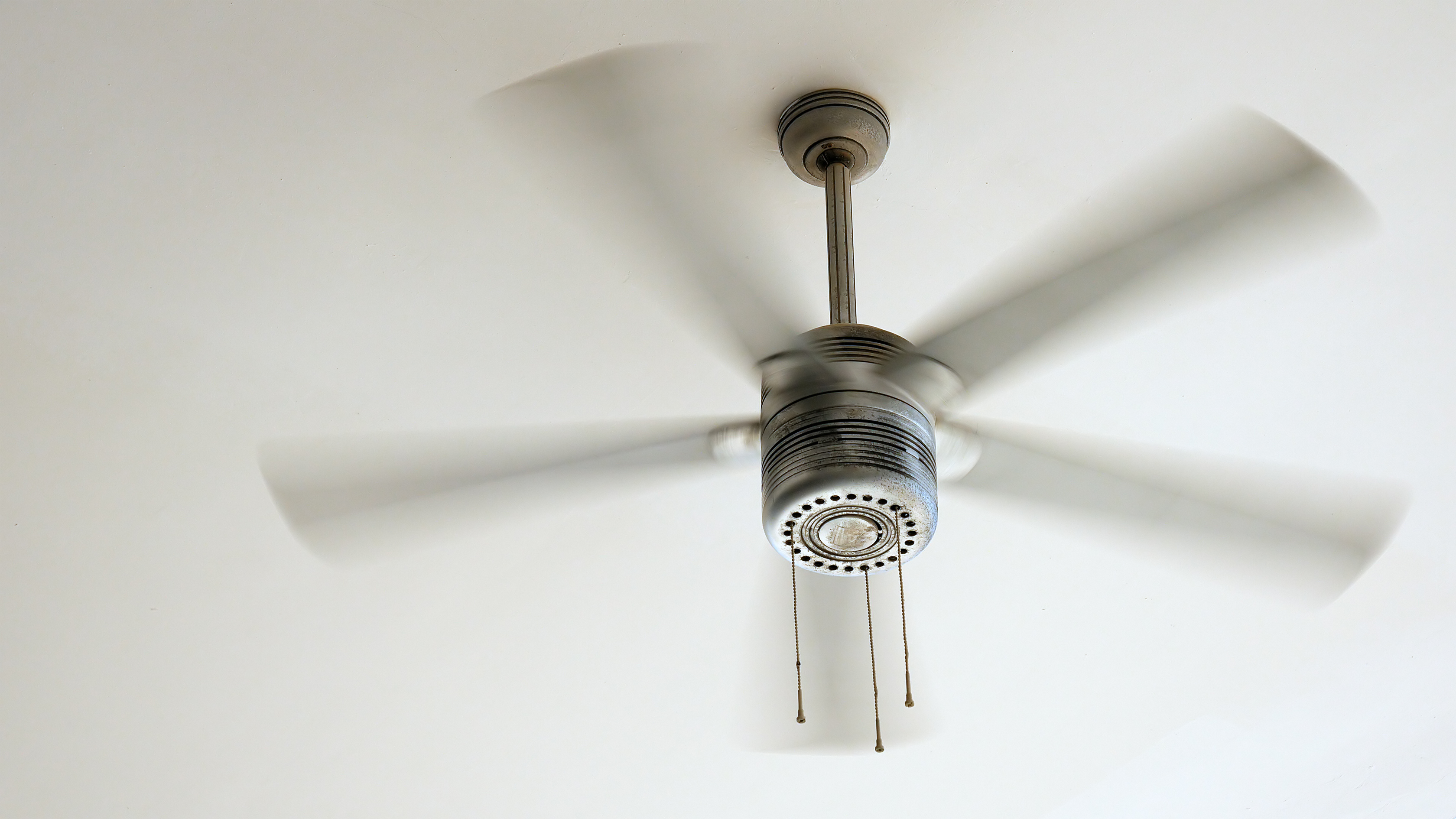
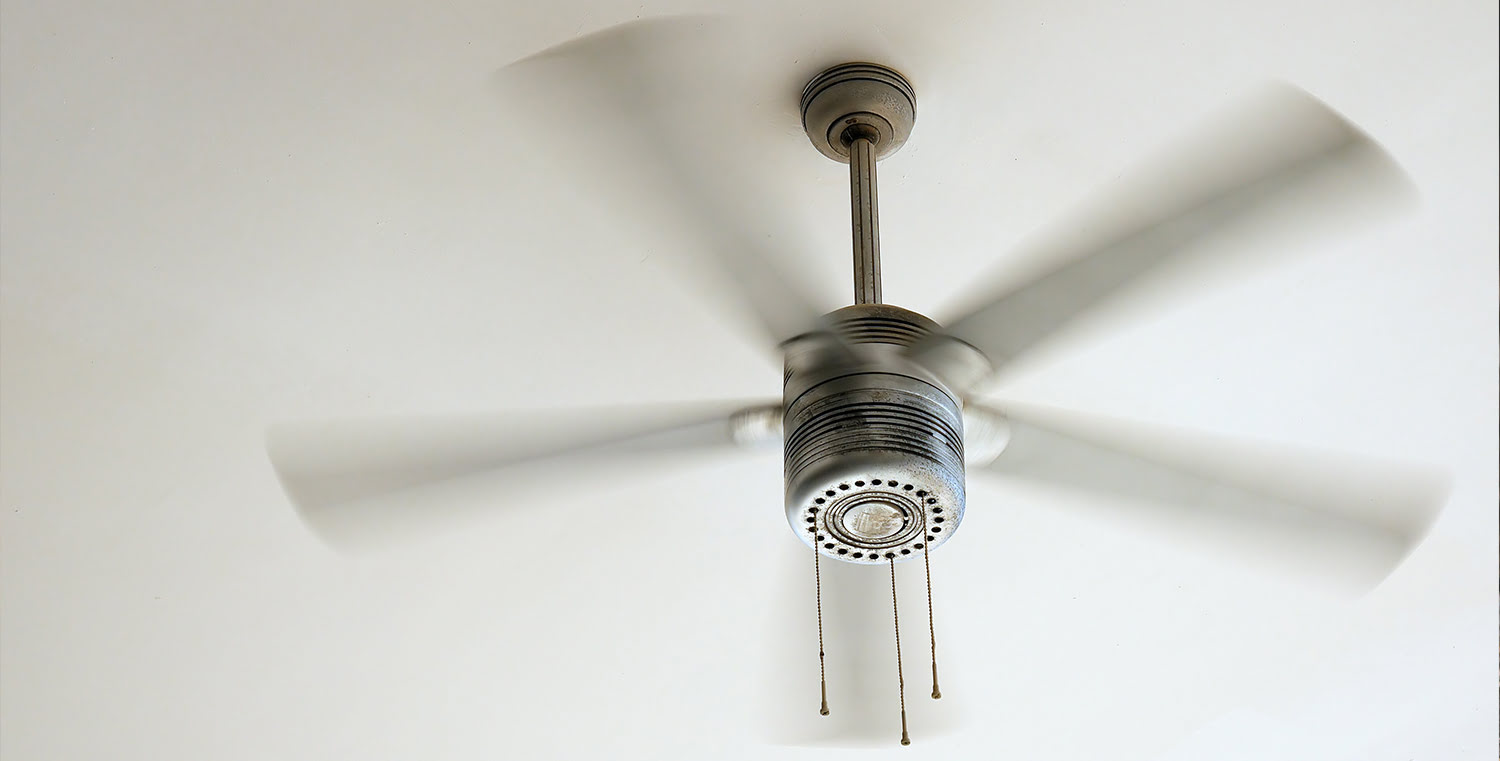
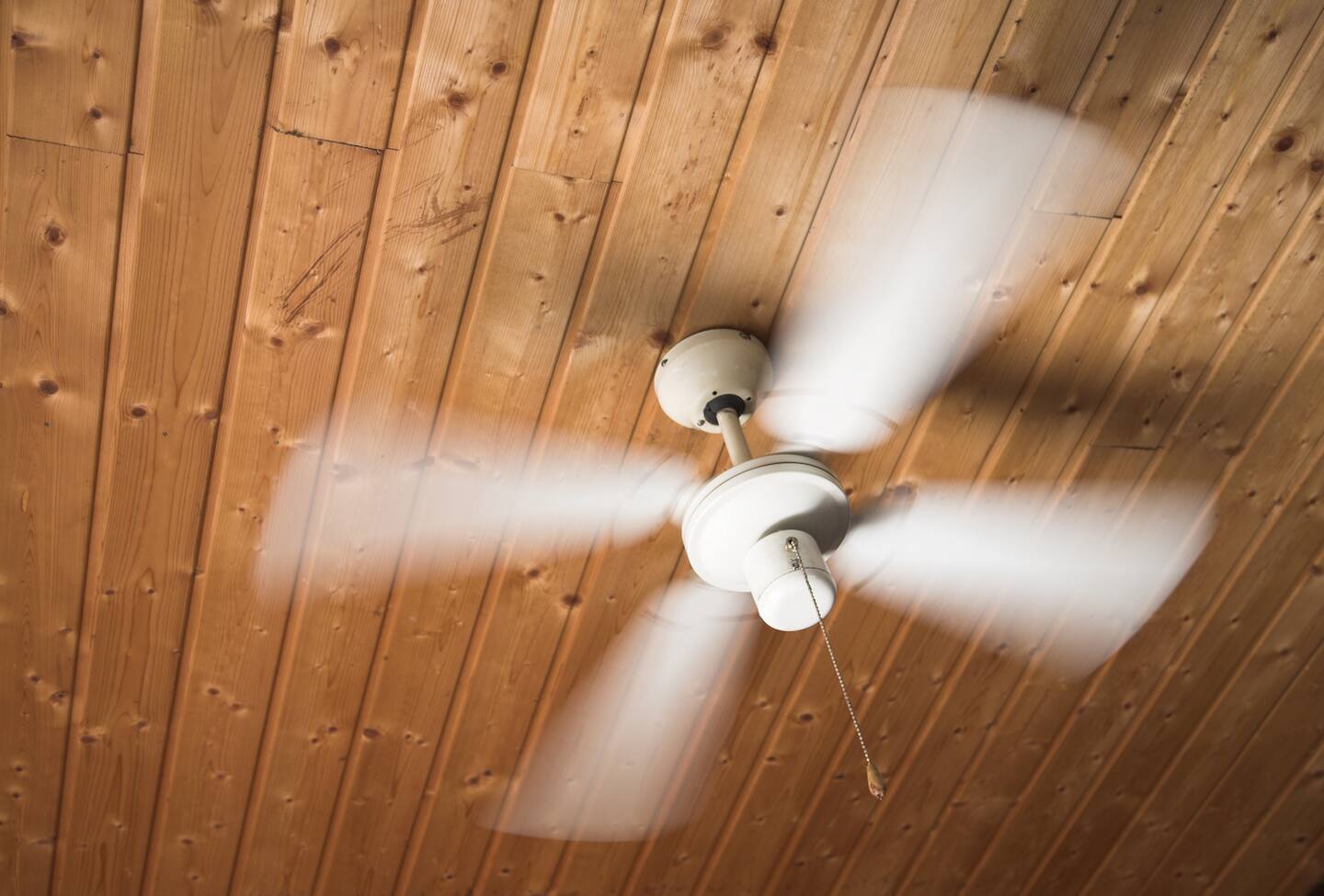
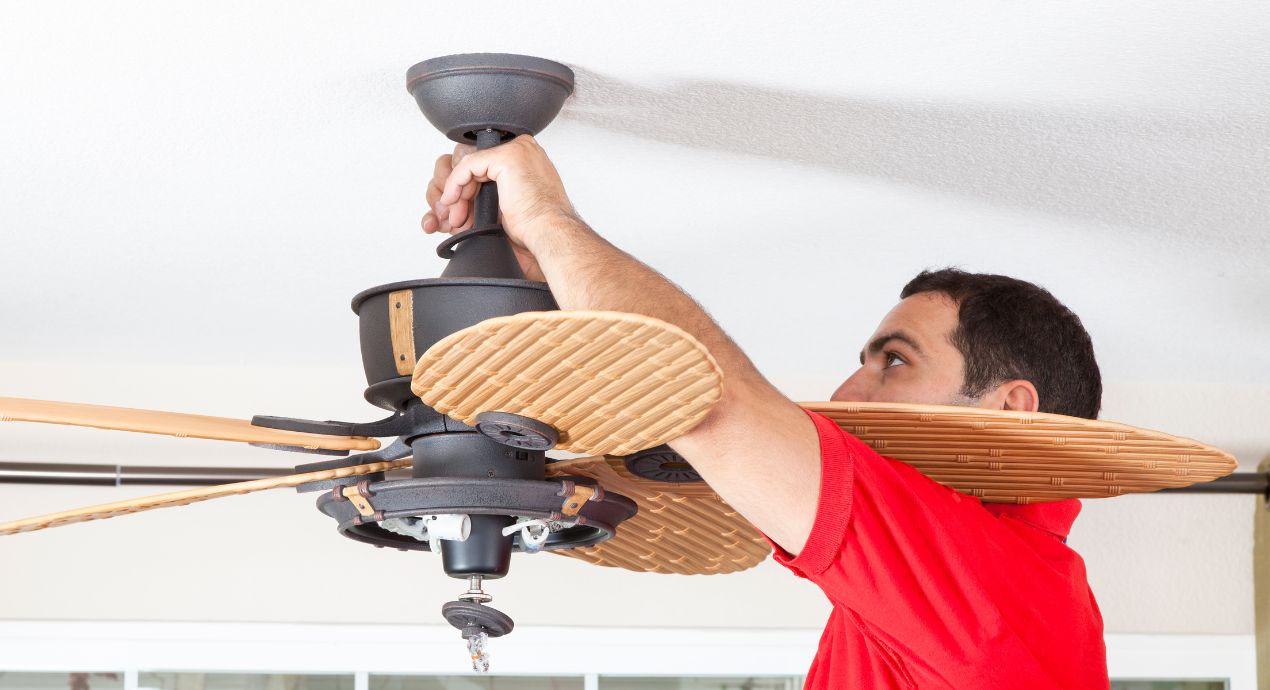
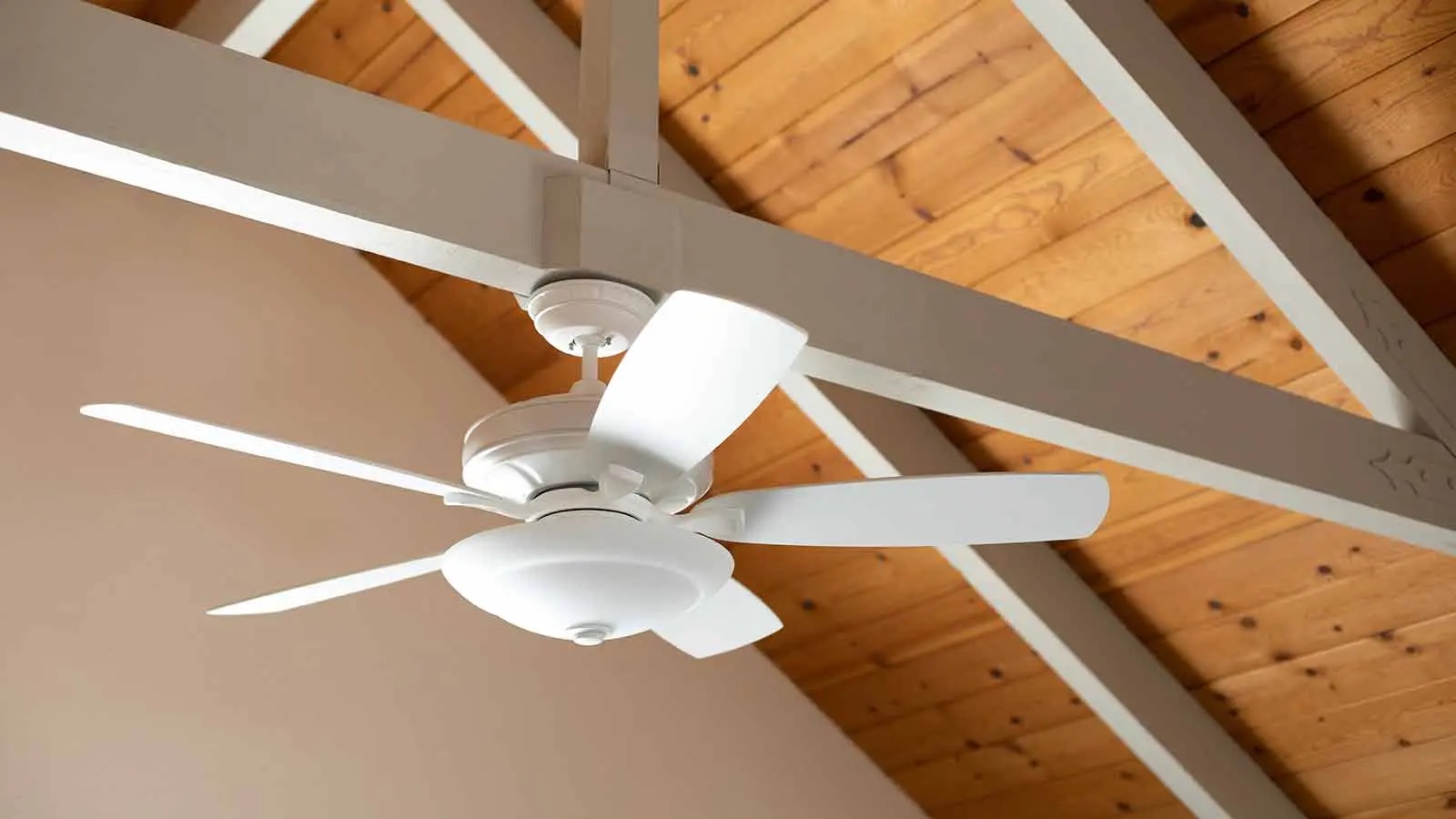
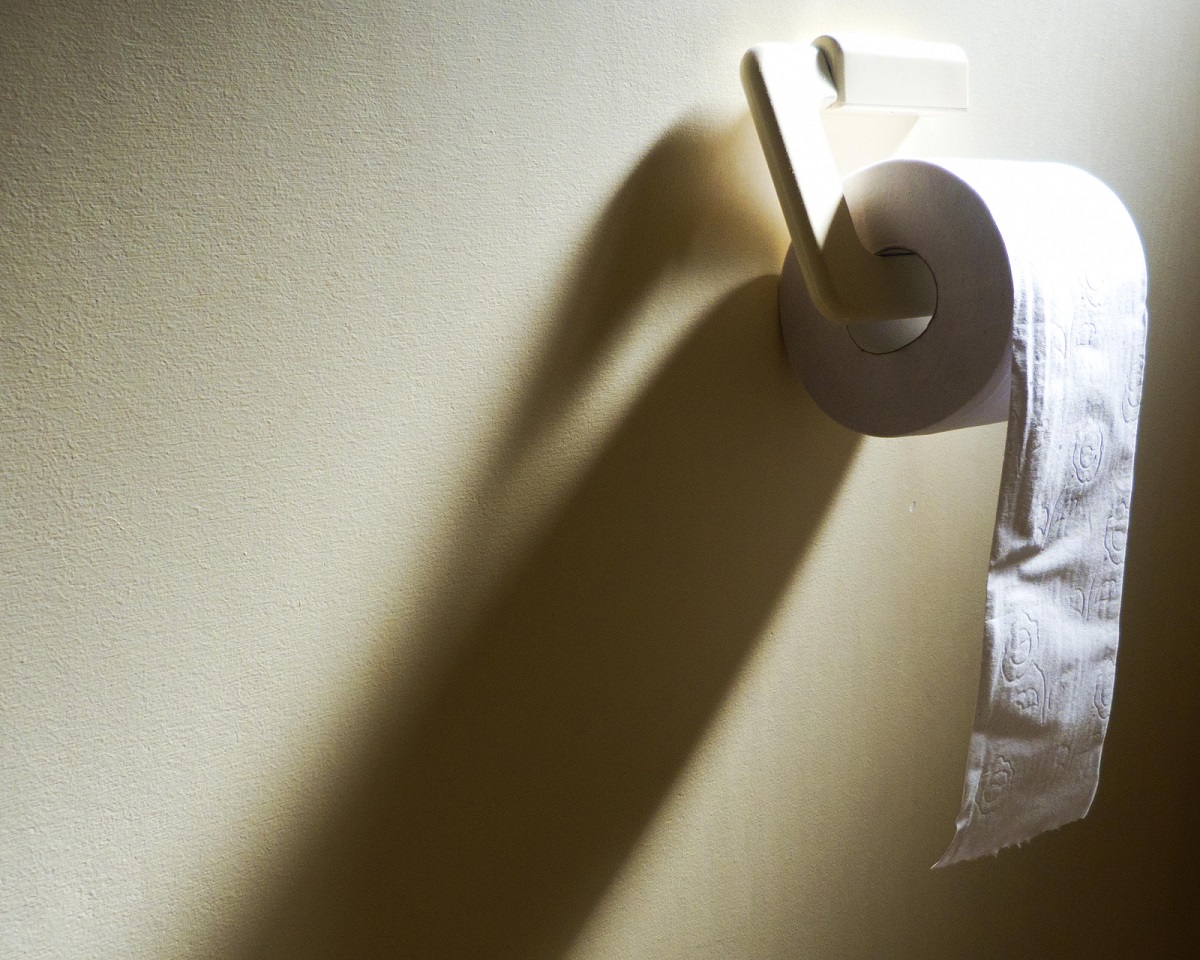
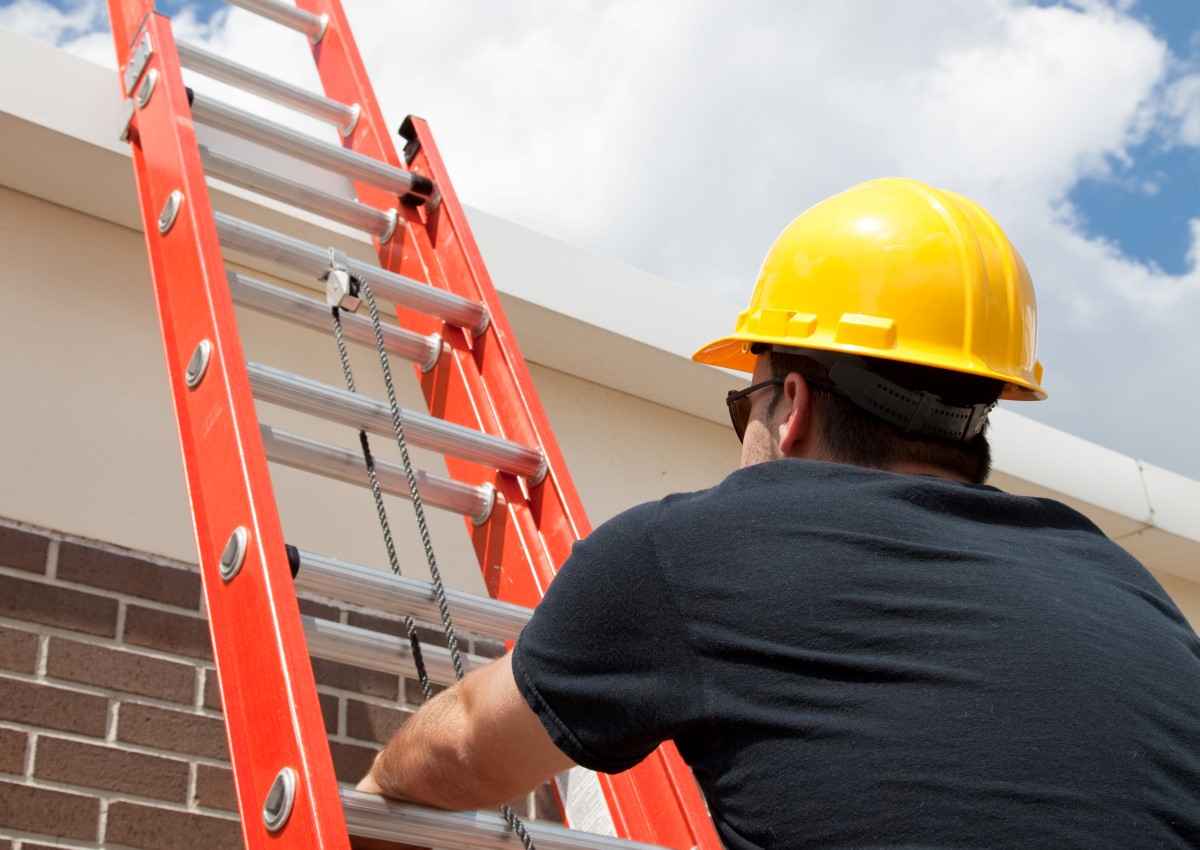

0 thoughts on “Which Direction Does A Ceiling Fan Go In The Winter”